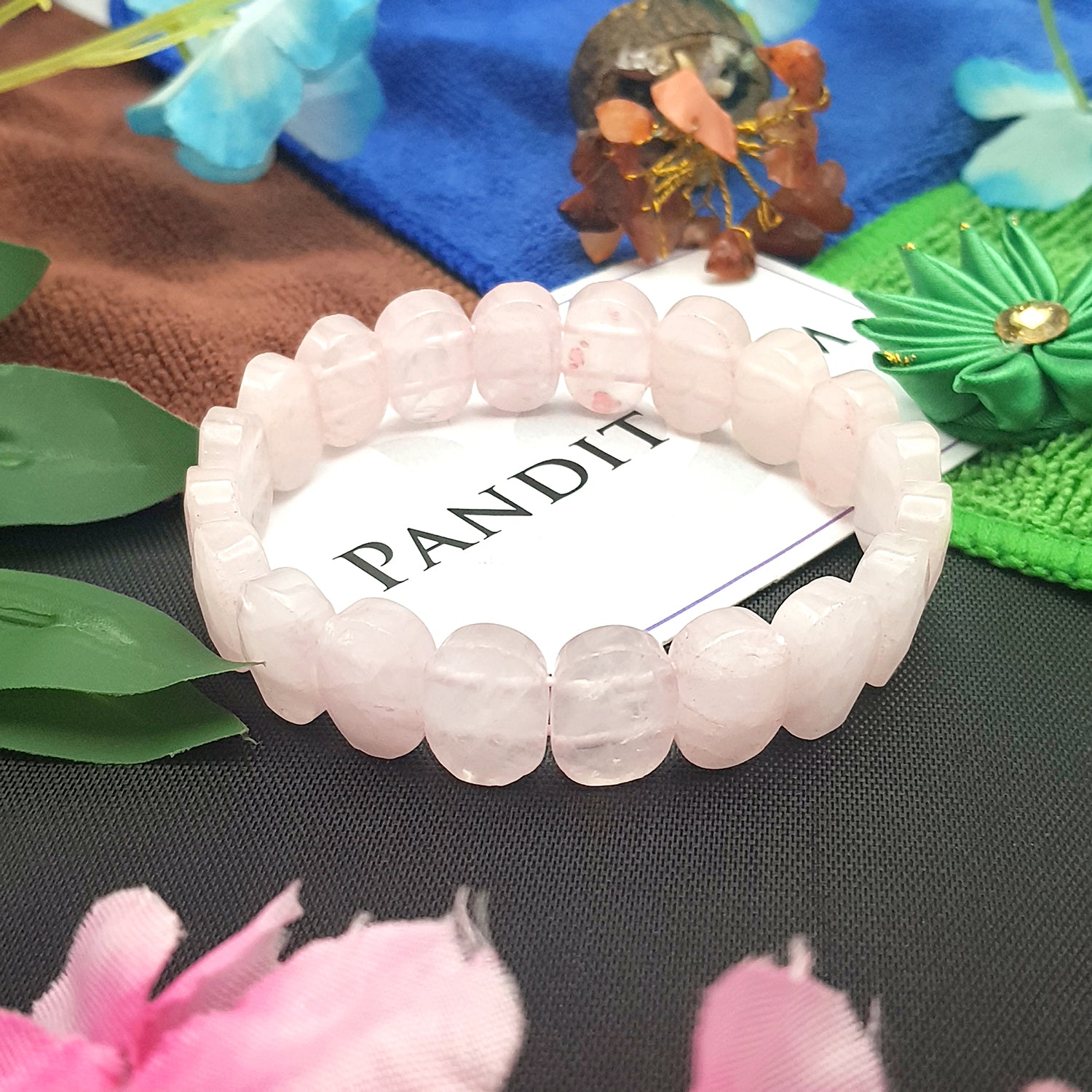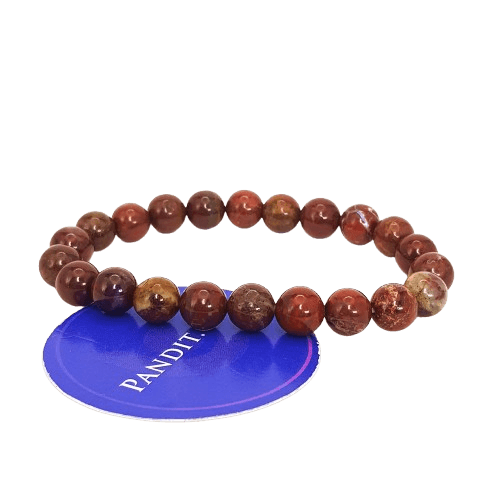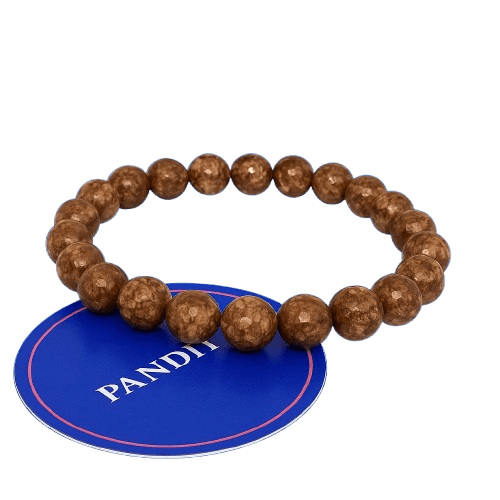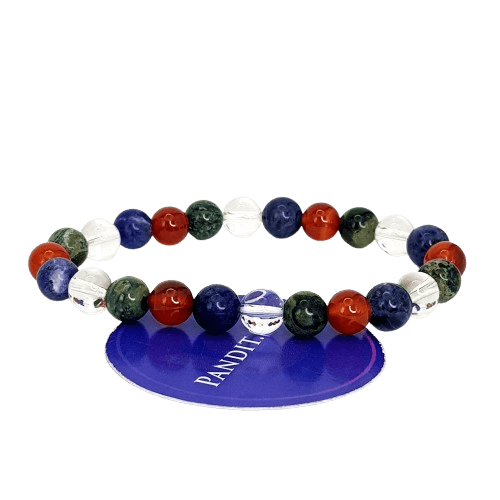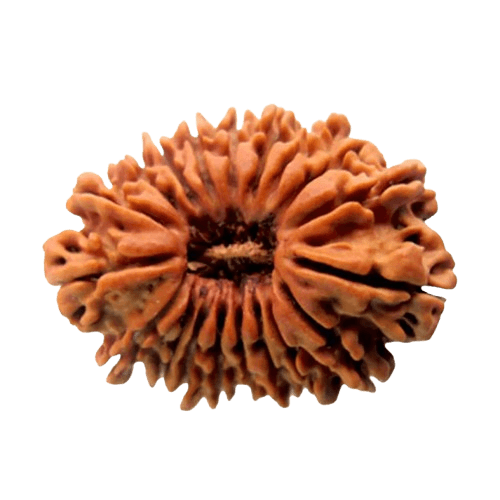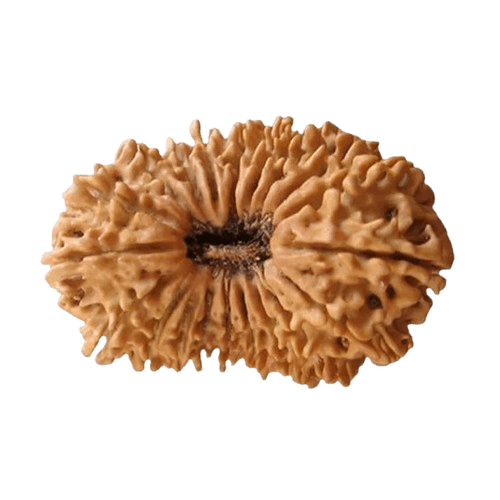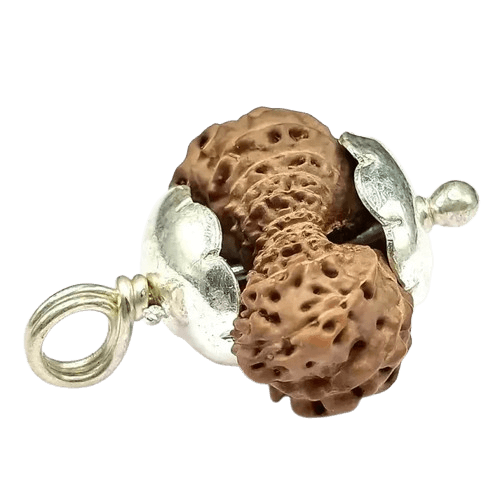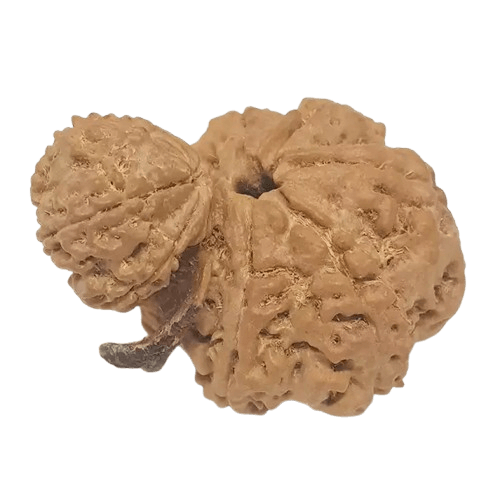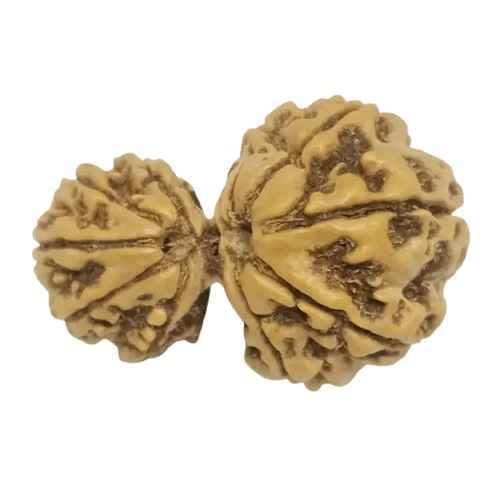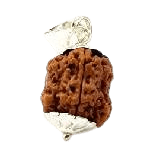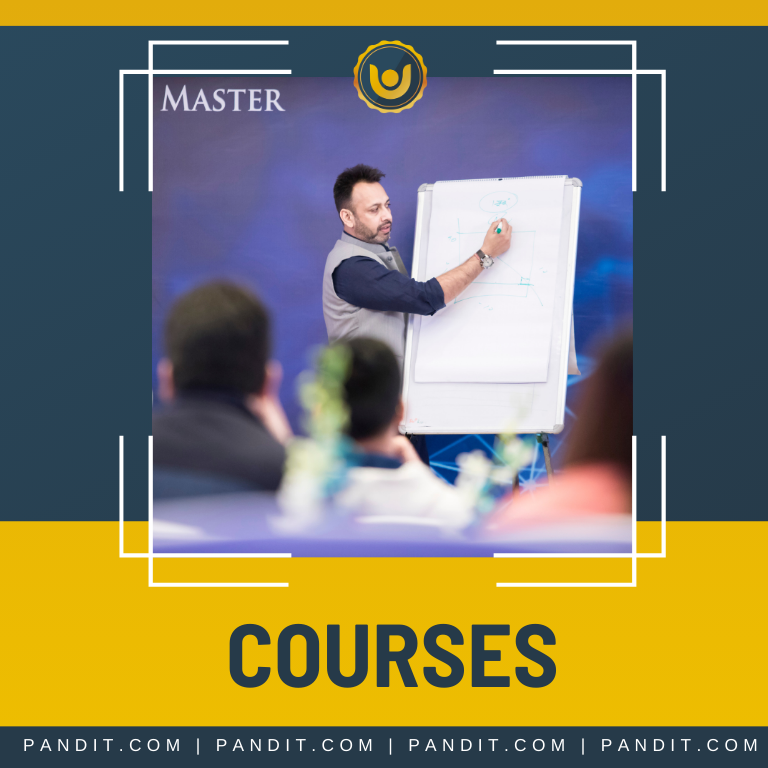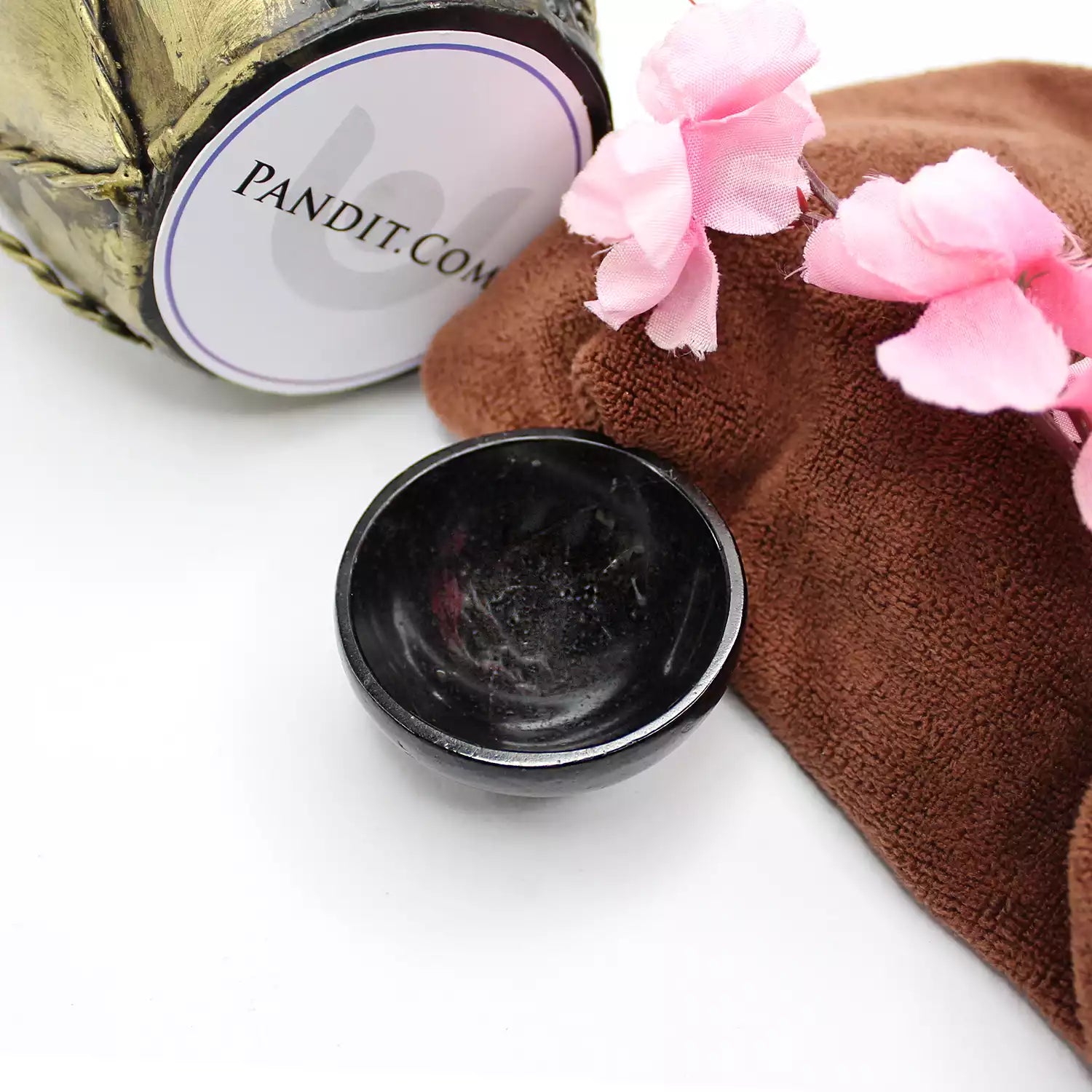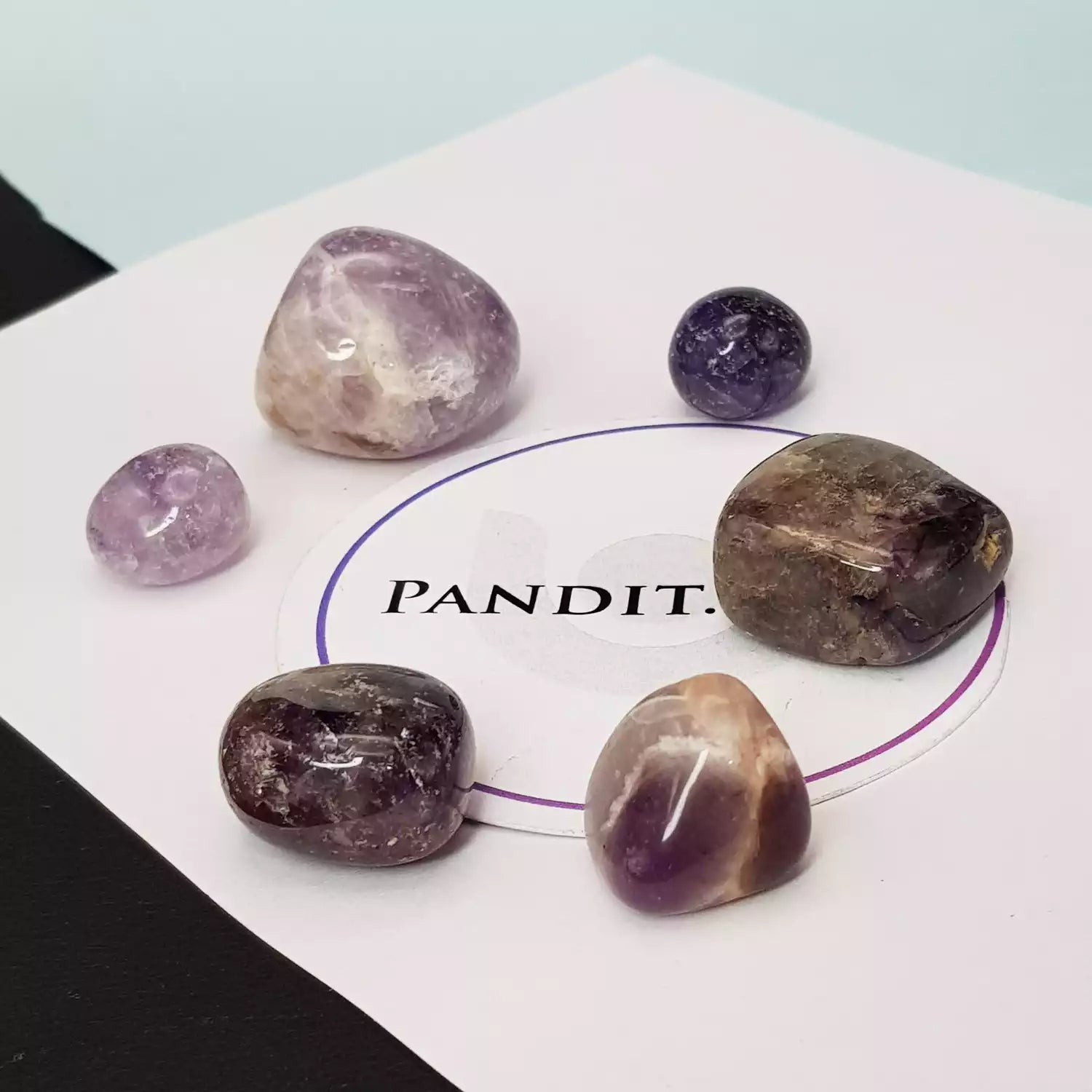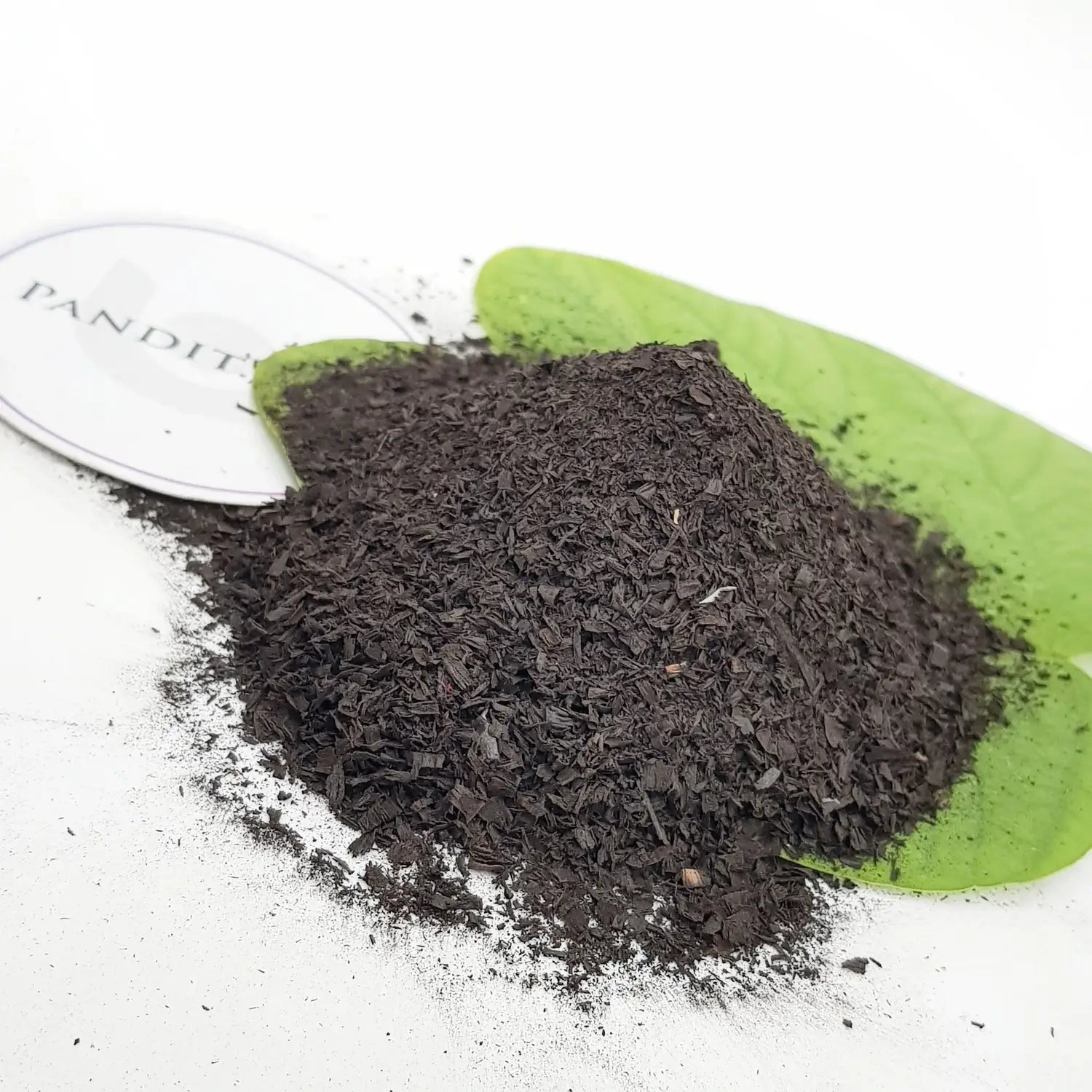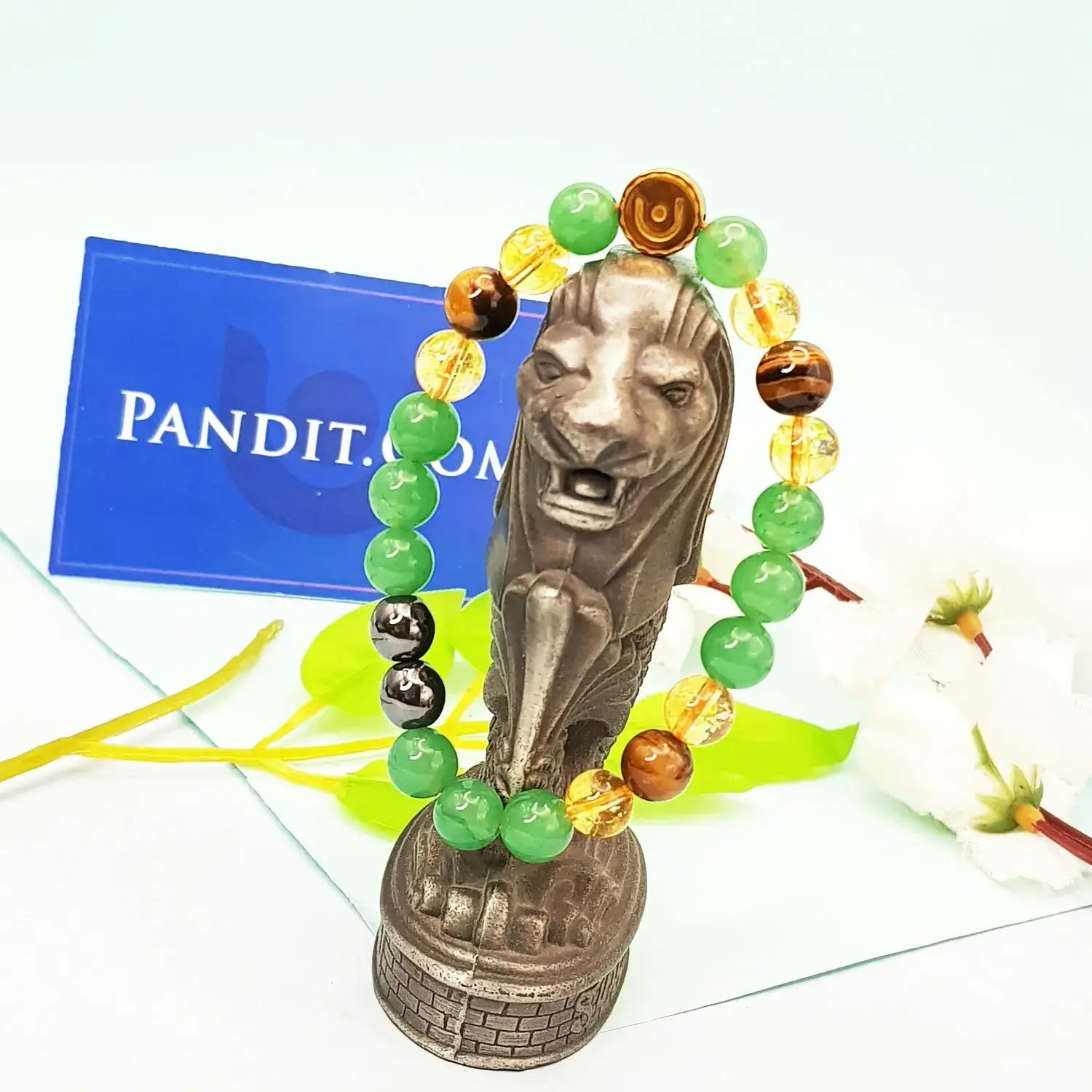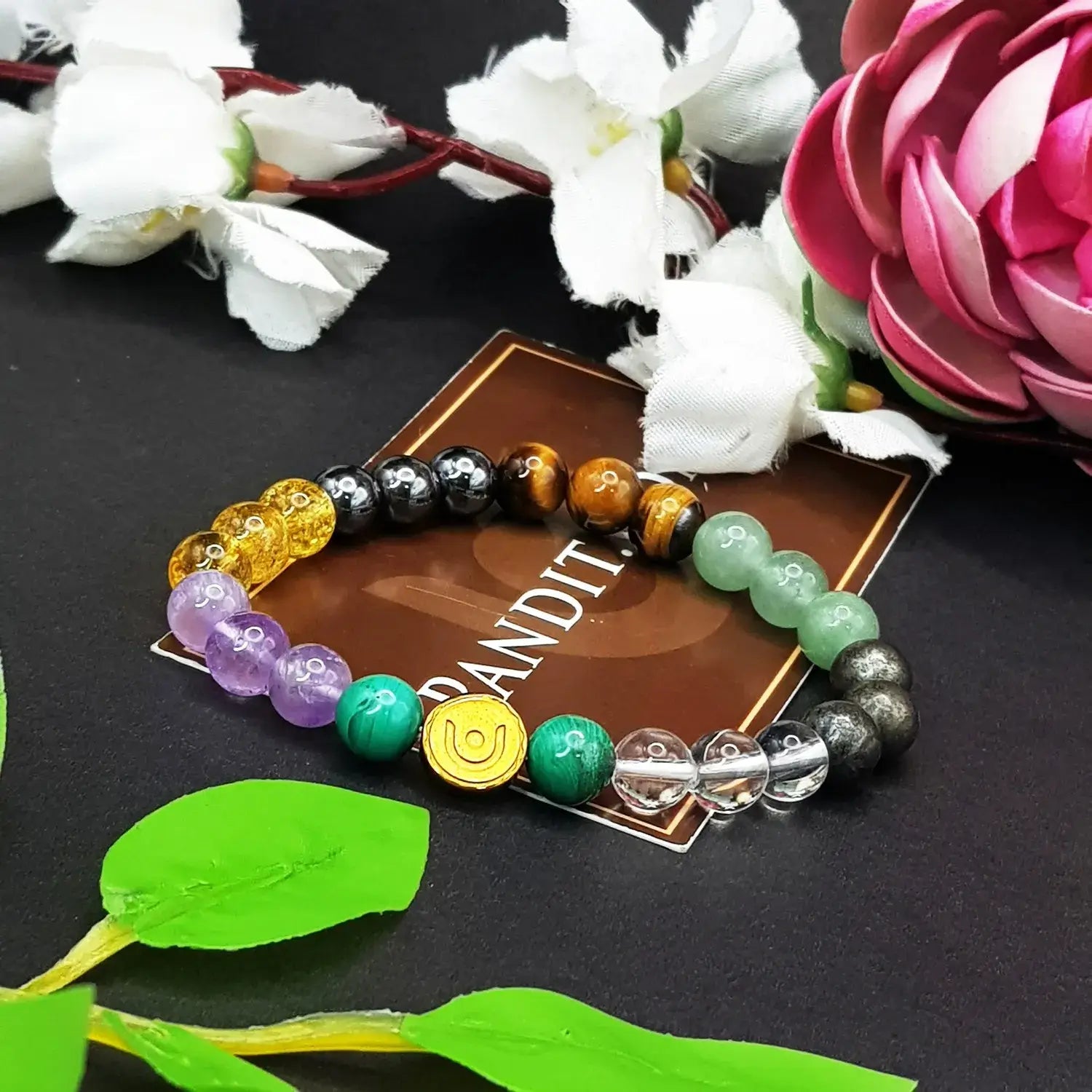
The famous chariot festival associated with Lord Jagannath (incarnation of Lord Vishnu) is held annually in the holy city of Puri in Orissa. This is a ten day long festivity starting on the ‘Ashadha Shukla Dwitiya’ of the Hindu month, ‘Ashadha’ when the deities Jagannath, Balabhadra and Subhadra are taken out of the temples, placed on chariots and taken to ‘Gundicha’ Temple situated at a distance of 2 km. On the way the idols are taken to ‘Mausi Maa’ temple as well, situated near ‘Balagandi Chaka’. The idols remain at the ‘Gundicha’ temple for nine days and then return back to their own temple which is called ‘Bahuda Jatra’. The chariot of Lord Jagannath is called, ‘Nandigosha’ or ‘Garuddhwaja’, the chariot of ‘Balabhadra’ is named as ‘Taladhwaja’ or ‘Langaladhwaja’ and the chariot of ‘Subhadra’ is called ‘Devadalna’ or ‘Padmadhwaja’. The goddess is accompanied by ‘Sudarshana Chakra’ or the sacred wheel.
This is the only time when Non-Hindus and tourists who are not allowed inside the temple premises can look at the idols. Devotees throng the city with the desire to pull the chariot of their most loved Lord and to seek his blessings. The procession is done on a grand scale where there are drums, trumpets and tambourines blowing. Men, women and children all join in the masses. The ‘Ratha’ carts are pulled by thousands of devotees with love and affection.
What is the legend behind the Chariot festival?
According to the folklore, Lord Vishnu appeared in the human form on earth, in the ‘Dwapar Yug’, as Krishna also called ‘Jagannath’. ‘Jagannath’ is another name of Krishna which means, the master of the world and is often worshipped as ‘The Preserver’. The Jagannath temple is dedicated to Lord Jagannath, his elder brother ‘Balabhadra’ and his younger sister, ‘Subhadra’. It is said that once, Lord Jagannath expressed his desire to visit his birthplace ‘Gundicha’ once every year and hence his subjects out of love and respect made three huge and colorful chariots and arranged for the three siblings to visit ‘Gundicha’. On the way they stopped at their Aunt’s place, now popularly called the ‘Mausi Maa’ temple where she offered Lord Jagannath’s favorite sweet dish (‘Poda Pitha’) to him, the tradition still continues. True to his promise, after that, the Lord visited ‘Gundicha’ every year and the annual visit still commemorates as the famous ‘Rath Yatra’.
What are the rituals one has to follow while the ‘Rath Yatra’?
- At the commencement of ‘Rath Yatra’ devotees take bath in the ‘Brahma-muhurta’ symbolizing as cleansing of one’s soul and body before the ‘Yatra’.
- Devotees pray to their own Lord Jagannath idols at homes, before going out to join the procession.
- The chariots are prepared for the occasion with the special wood from trees like, ‘Phassi’ and ‘Dhausa’ and are assembled in the temple premises. The chariots are newly constructed every year and are customarily bought from ‘Dasapalla’ by a team of carpenters.
- Devotees flock the premises at the time of initiation.
- The ‘King of Puri’ then brings the idols from the temples to the three chariots amidst the chanting of ‘Jai Jagannath’.
- The children of the king then arrive on elephants and sweep the platforms of the chariots with a golden broom. Scented water is then sprinkled on the floors.
- This festival marks the equality among the devotees, but the idols are taken out either by ‘The king of Puri’ or ‘The king of Nepal’ as both of them belong to ‘Chandravanshi Dynasty of Lord Krishna.
- The deities are then taken to ‘Gundicha Temple’, where they stay for nine days and then return back to ‘Shri Mandir’.



